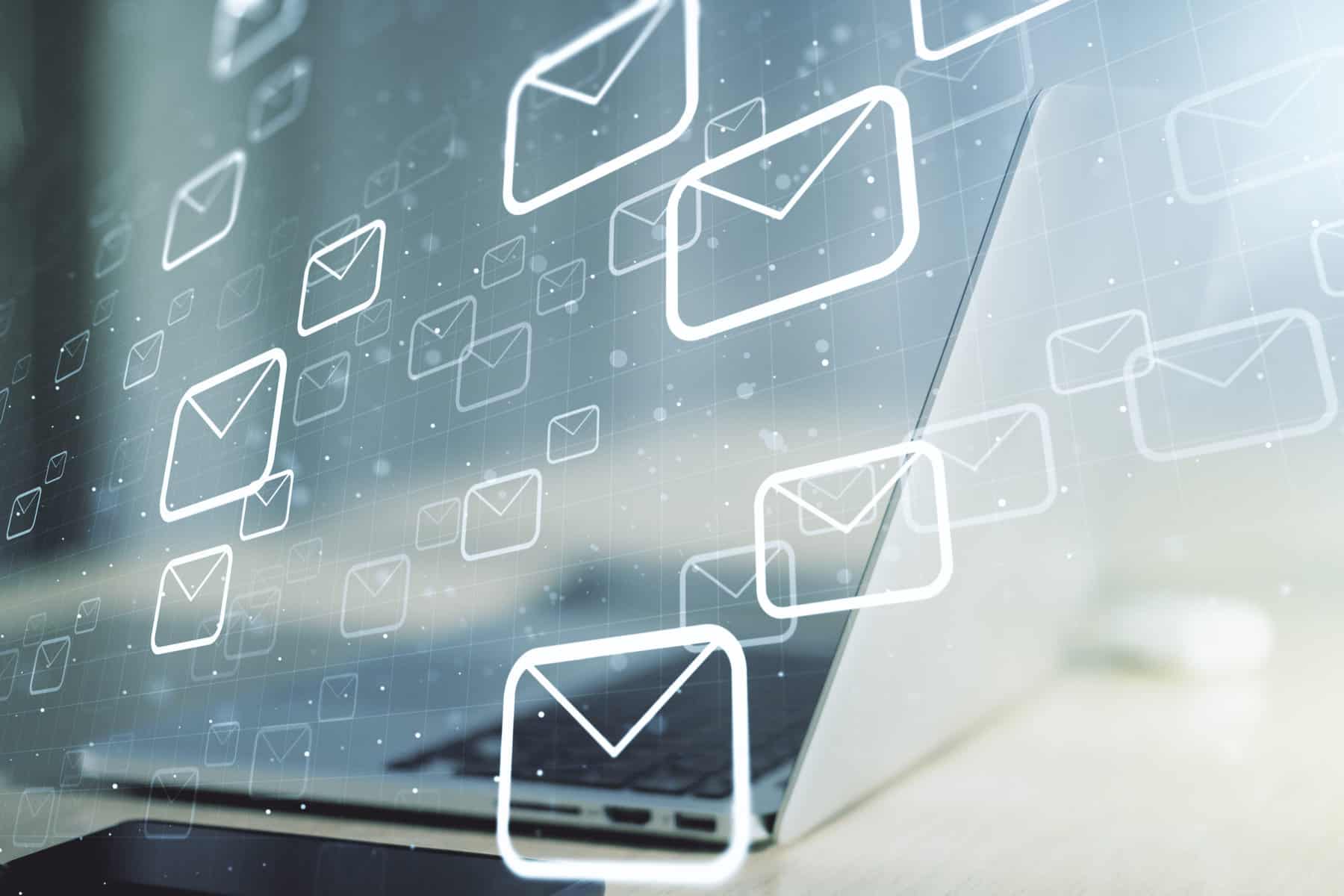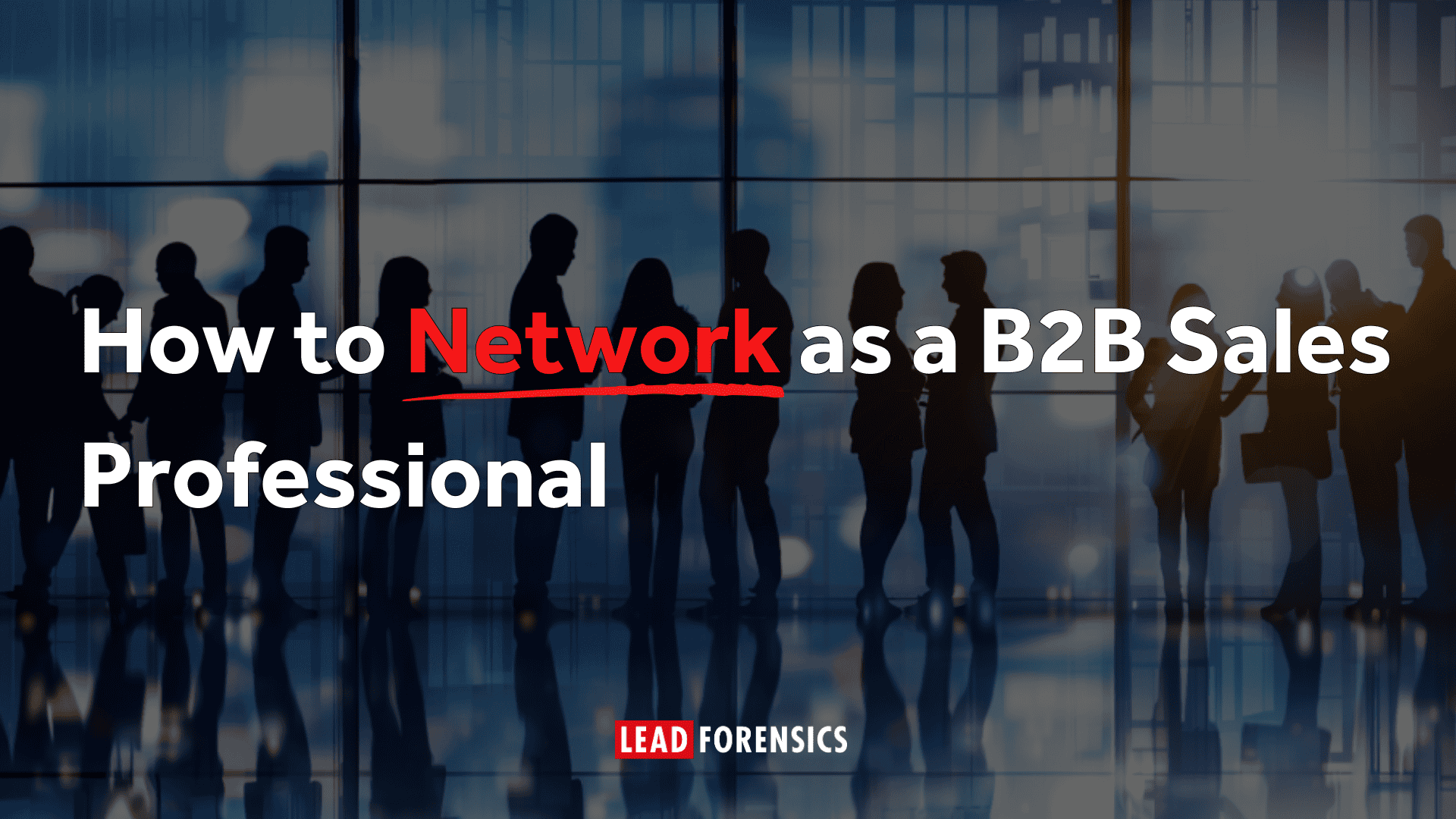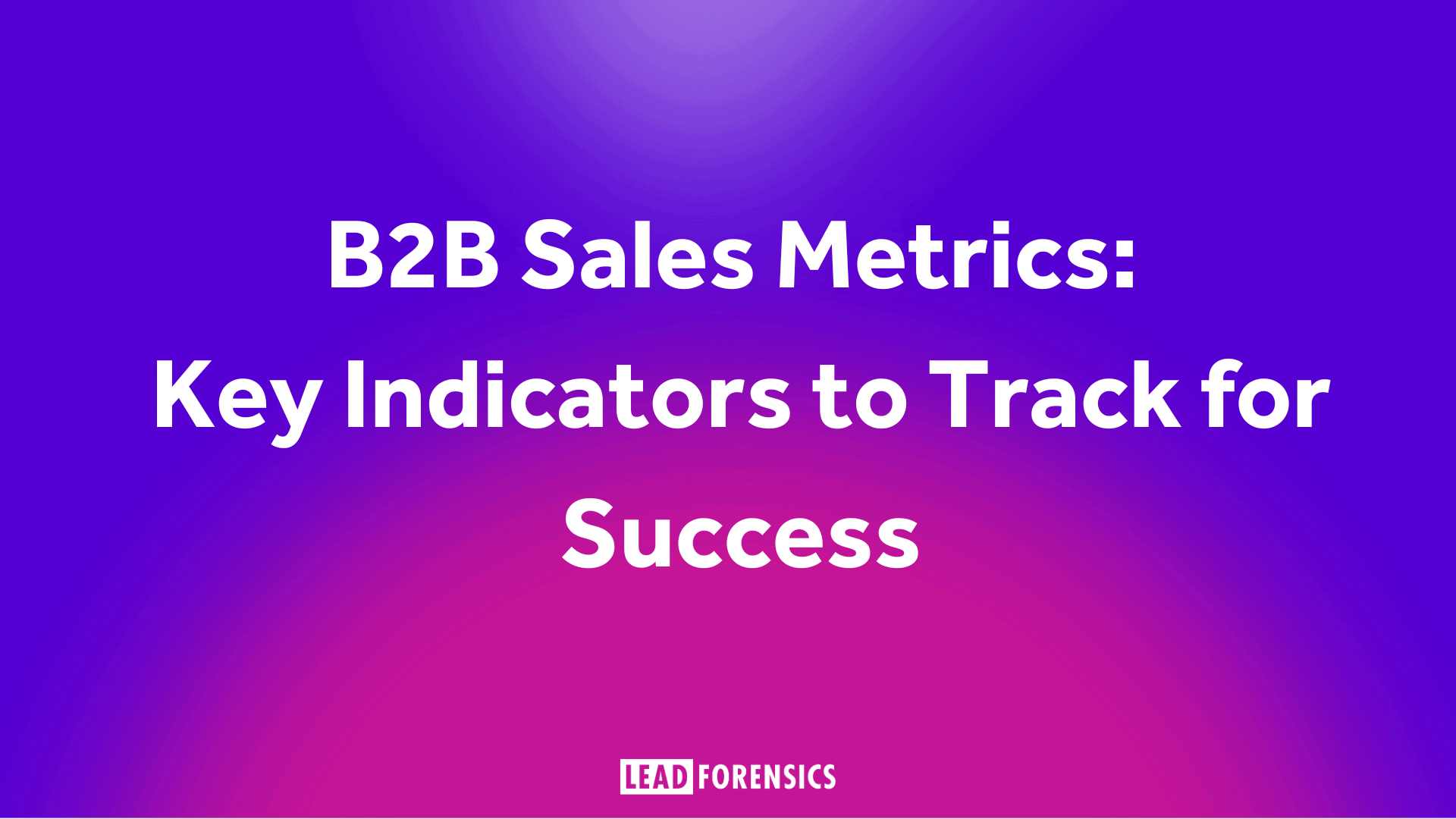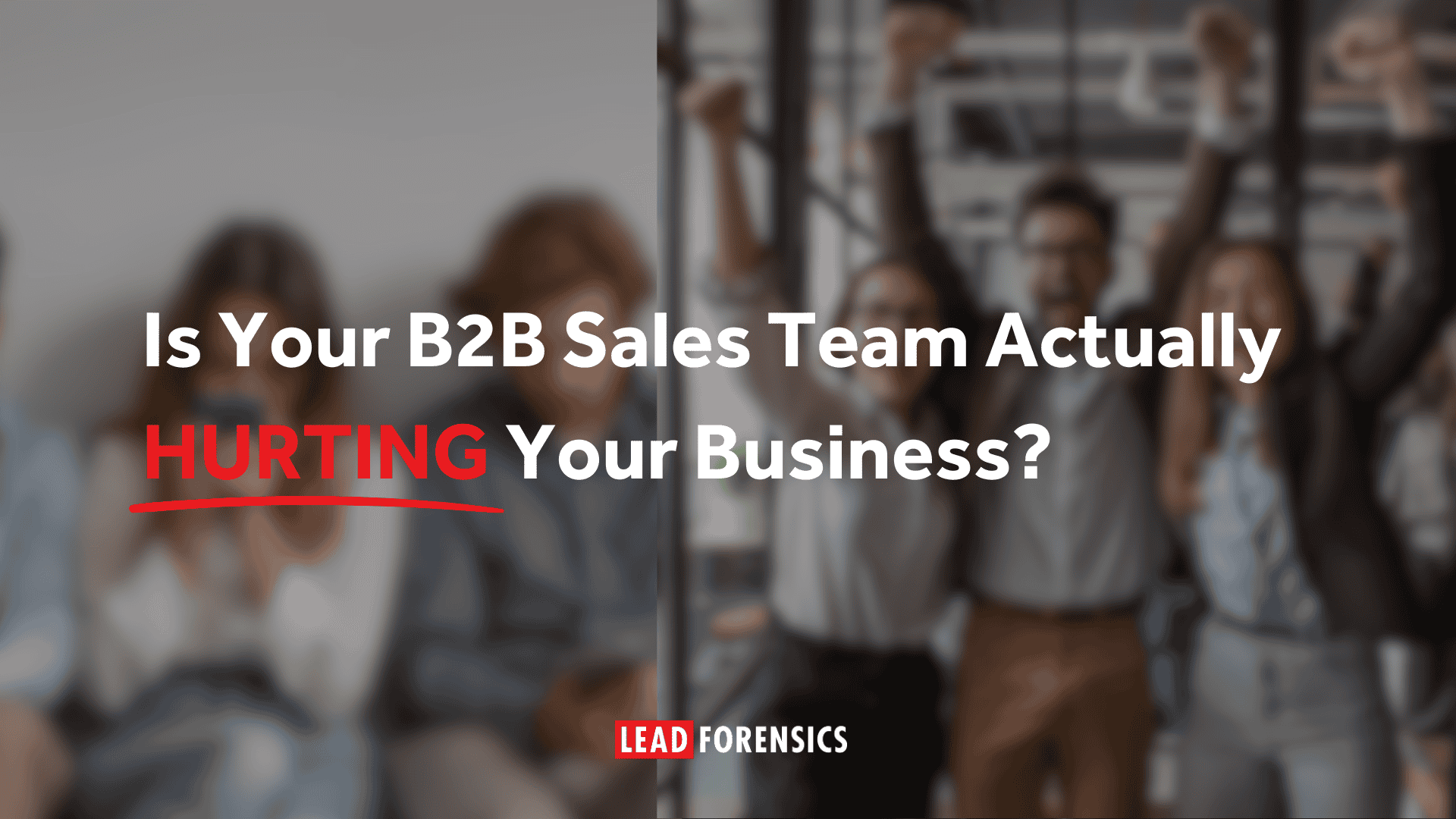Sort your B2B email marketing data
Every B2B email marketing campaign starts with a set of data, and how you sort that data can make or break the success of your campaign.
Start by building lists of tagged data, so you know where they’ve come from and if you’ve contacted them before. Use this as a chance to check on the quality of your data, so you can ensure the email addresses are valid and the additional information you have (name, business, location) is appropriate and usable.
Now we get to segmentation – naturally, different messages will resonate with people in different areas of a business.
You wouldn’t use the same vocabulary or tone for a Marketing Director as you would for a Sales Manager, so split your data by job function or seniority so that you can send a targeted message. You can also segment data by industry if you have a broad buyer persona.
This enables you to construct highly targeted campaigns, with a message that’s far more relevant and interesting to the person receiving it. No more ‘spray and pray’!

Get automated
Did you know that automation for B2B marketing can help you generate twice the amount of business leads!
So everyone out there must be automating their emails, right?
Wrong!
Actually, as few as 13% of B2B organizations use automation to help with their email marketing. Ouch!
So, how do you get going with automation?
It all starts with a solid ESP that allows for automation – most of them do now, so find one that suits your needs and budget and then choose what you want to automate.
The best emails to automate are responsive – so when someone completes a certain action or journey, they automatically receive an email. You can use these actions (or triggers) to enter prospective customers into an email flow with a tailored message.
For example, let’s say that someone downloads some gated content from your website. A few days later you might want to send them content on a related topic to continue the conversation and increase the chance of conversion. Again, relevance is key here.
Automation takes time to set up and needs to be checked on a fairly regular basis to ensure subject lines and copy are still engaging for the recipients, but once the initial hard work is done, you’ll save plenty of time and resources.
Don’t expect it all at once
As Jordie van Rijn rightfully points out – “nobody ever bought an airplane after reading one email”.
This is where B2B marketing truly differs from B2C – for the vast majority of B2B organizations, a business transaction takes time and discussion between various decision makers.
70% of B2B buyers purchase to solve a problem – so the majority of people reading your emails will only engage with you if they’re already aware of a problem within their business and believe your business can help them solve it.
An average of 7 decision makers are involved in a B2B purchasing process, so one of them won’t come to you unless they’re in desperate need, or they’re sure at least a few others will agree with them.
This means that your email marketing has to be strategically planned in waves that reflects a journey. The first is received and acknowledged, and from there, referencing the previous contact and offering something further or new, you’ll begin the nurturing process.
After time, you’ll notice leads come forward and ask for more, and these nurtured leads will be far more likely to move through your sales pipeline successfully. Though some may come forward after the first email, there’s a chance they haven’t really thought about their needs and they’re less likely to go on to buy.
The biggest takeaway from this is quality over quantity!
Email marketing isn’t about slamming the send button as much as humanly possible, it’s about explaining to people how you can help them and why they need you, in detail. This detail is what can help them to see a problem that they have or a problem they might have in the future that you can help to solve.
Remember: the end goal is to obtain more customers! Make sure they’re interested and informed enough to buy.
Use your assets
Almost 70% of B2B buyers prefer rich text emails, but don’t just fill them with sales-y fluff about how great you are – give them something with genuine substance.
Why not send over a customer testimonial (these are proven to be as valuable as in-person referrals), or let them know about some downloadable content or a webinar you have coming up. This positions you as an expert on the subject matter, while also providing something of value.
No business relationship should be 100% give or take, and email marketing is no different. You need to demonstrate your value to attract customers, by giving them a taste of what they could gain by doing business with you.
You’ll not only gain credibility, but you’ll also pique their interest, and they’ll be more inclined to look at your website and view some more content. The average buyer consumes 3-5 pieces of content before inquiring – so help them along that path.
Mobile friendly B2B email marketing
Around 50% of B2B searches are mobile searches according to Google, so it’s paramount to keep everything mobile friendly.
From the templated email format to any attachments or images, make sure your email is properly formatted for mobile use. Ensure this is carried through to your landing page and website.
Don’t risk losing out on a hard-won lead because of the landing page formatting – that would be like clearing hurdles at the Olympics only to trip over your own shoelaces and face-plant before you reach the finish line!

Always analyse
Analysis can make or break a B2B email marketing strategy. If you send out a campaign and get the result you want – that’s great! But why did it work?
You need to know what didn’t work, so you can avoid it, but also what did work – so you can replicate it.
The easiest way to do this is to set up email marketing KPIs (Key Performance Indicators) which carry numerical values that can be measured with every send. These include:
- Delivery rate
- Open rate
- Click through rate
- Landing page hits
- Landing page conversions
- Unsubscribe rate
- Response rate
- Bounce rate
- Leads generated
- Leads qualified
- Leads converted
By measuring these KPIs, you can start to gain insight into the reasons behind results. If the delivery rate was high, but the open rate low, perhaps your subject line wasn’t right. If the open rate was good, but the leads generated and click through rates were low, then perhaps your copy or formatting needs some work, and so on.
Set up a strong, structured, and clear reporting strategy for these KPIs, and analyze after each send. Make sure you put your learnings into practice before creating the next send.
Don’t be afraid to test
If your analysis provides unclear results, then don’t be afraid to run a 10% test. If you’re testing a subject line for example, then take 10% of your data, and send 5% one subject line, and 5% another. Then see which group had better open rates and improved lead generation.
Use the results to plan your send to the other 90%. This is a sure-fire way to run the most successful B2B email marketing campaign, however less than 50% of B2B organizations are conducting tests. Don’t be afraid – it’s a no-brainer!
Make sure you’re only testing one variable at a time. If you change two things at once, then you’ll never know the exact reason a campaign did or didn’t work.
A strategic email marketing approach may take time to set up and maintain, but the rewards will show the benefits. B2B email marketing is known to produce high quality leads that result in sales, and over 75% of businesses saw email marketing generate ‘good’ or ‘very good’ ROI.
Track journeys and identify decision-makers
A great way to maximize lead generation from your email marketing campaign is to know who’s hitting your website from the email. This is where Lead Forensics can help – rather than just numbers, we can tell you which businesses are visiting your website, what they looked at and how they found you, even if they don’t make an inquiry.
This means that after an email campaign, you can see the businesses that visited your website as a result of the email. We also provide the contact details of key decision makers, so you can follow up and bring in more revenue. If this tip’s new to you, you might want to see our software in action – you can book a demo here.








